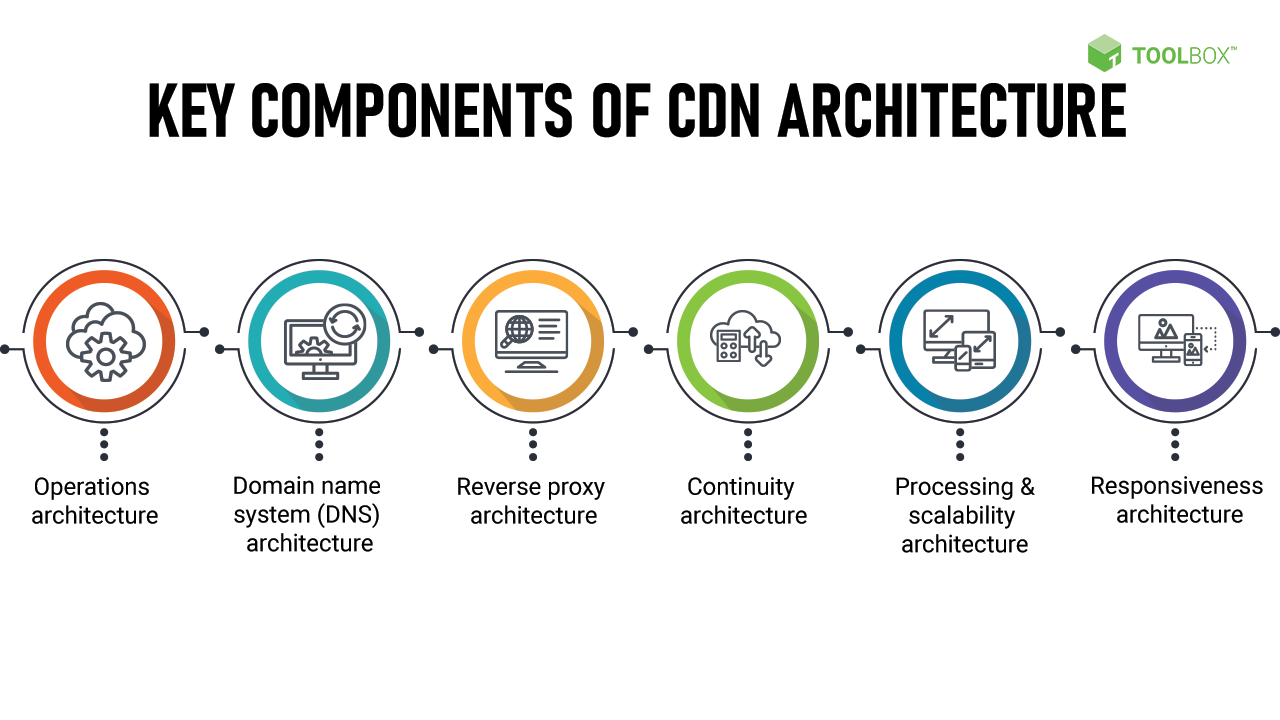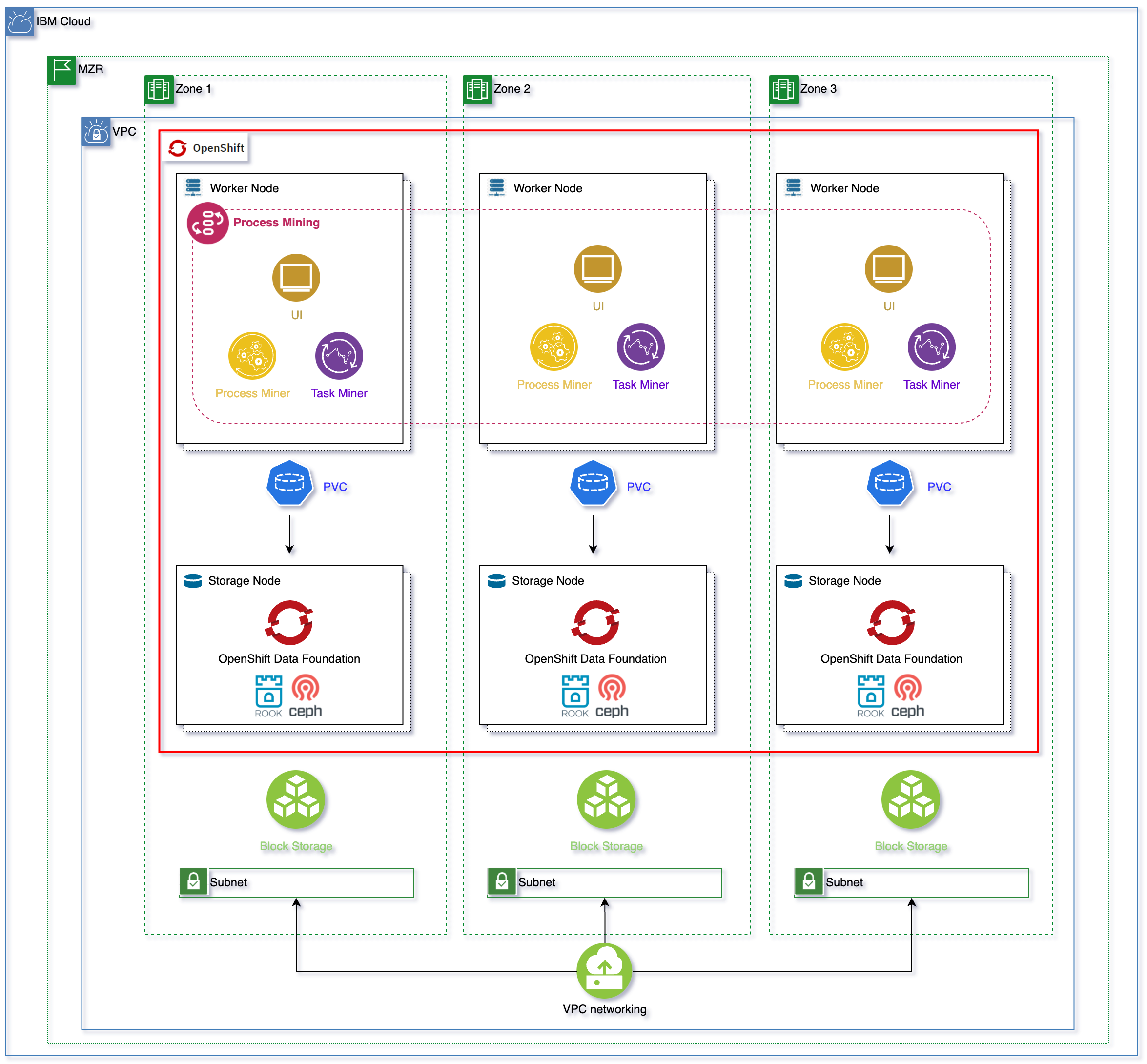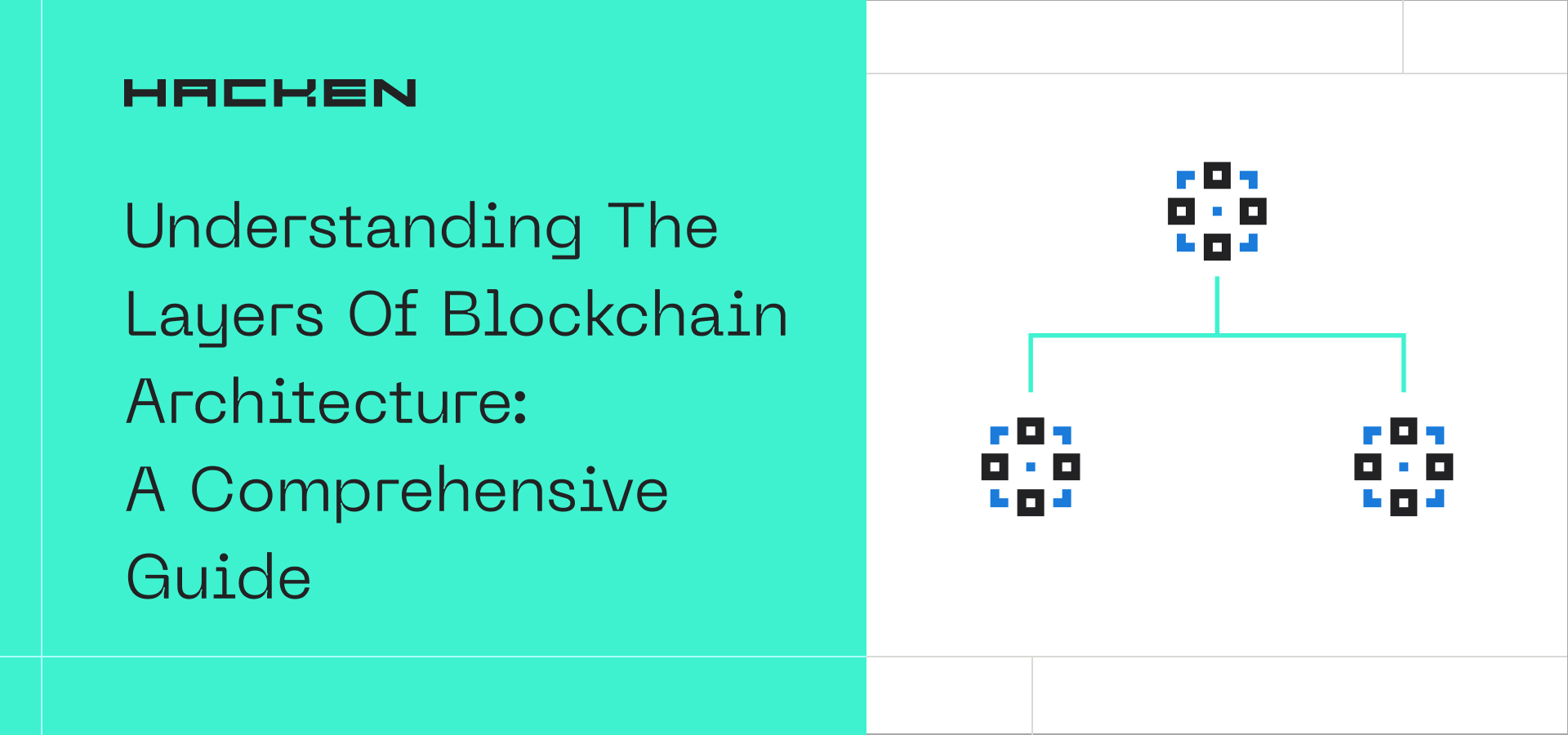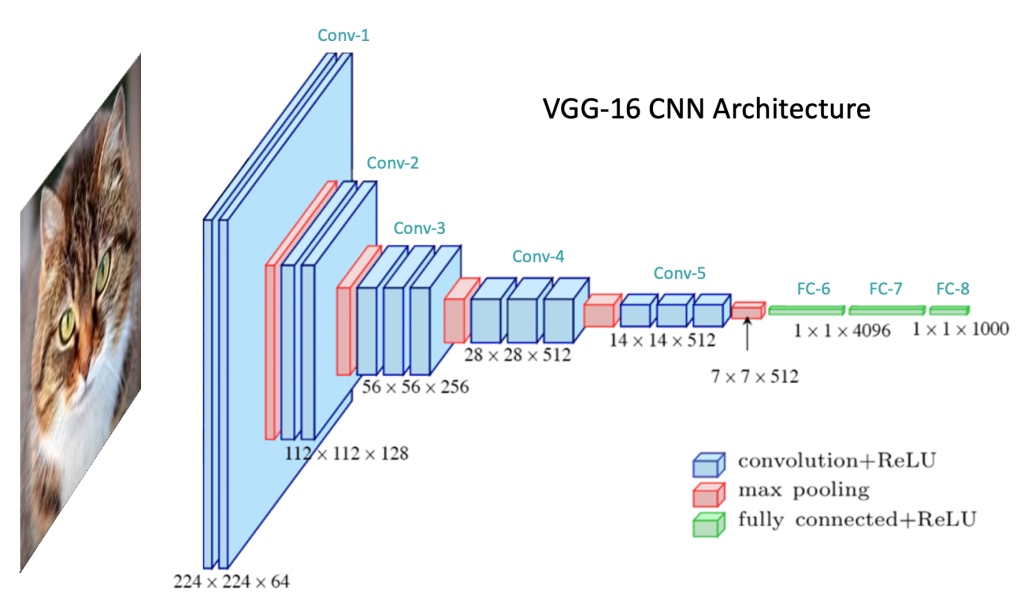Understanding the Software-Defined Networking (SDN) Architecture: Revolutionizing the Networking Landscape
As technology continues to evolve, so does the need for efficient and flexible networking solutions. Software-Defined Networking (SDN) has emerged as a game-changer, revolutionizing the way networks are designed, managed, and operated. In this comprehensive guide, we delve into the intricacies of SDN architecture, exploring its benefits, key components, and the impact it has on the networking industry. Whether you’re a network engineer, IT professional, or simply curious about the future of networking, this article is your gateway to understanding SDN in all its glory.
The Genesis of Software-Defined Networking
In this section, we take a trip down memory lane to understand the origins of SDN. We explore the challenges traditional networking faced and how the concept of SDN emerged as a solution. From the early research to the first implementations, we uncover the pivotal moments that paved the way for SDN’s rise to prominence.
The Limitations of Traditional Networking
Traditional networking relied on a distributed model, where each network device had its own intelligence and made autonomous decisions. While this model served its purpose for many years, it came with limitations. Managing and scaling complex networks became cumbersome, leading to increased operational costs and decreased agility. Additionally, traditional networking lacked the flexibility to adapt to rapidly changing business requirements and the growing demand for virtualization and cloud computing.
The Birth of SDN
The birth of SDN can be traced back to a research project initiated by Stanford University in the mid-2000s. The project aimed to address the shortcomings of traditional networking by separating the control plane from the data plane. This separation allowed for centralized control and programmability, paving the way for a more flexible and scalable network architecture. The concept gained traction, and soon, industry players started developing SDN solutions and protocols, such as OpenFlow, to enable the vision of software-defined networking.
The Rise of SDN
With the emergence of SDN, the networking industry witnessed a paradigm shift. Companies and organizations began embracing SDN to overcome the limitations of traditional networking and unlock new possibilities. Early adopters, including major tech giants and cloud service providers, recognized the potential of SDN to streamline operations, improve network performance, and drive innovation. Today, SDN has become a cornerstone of modern networking, with widespread adoption across various industries.
The Building Blocks of SDN
What makes SDN tick? In this section, we dissect the fundamental building blocks of SDN architecture. From the centralized controller to the programmable data plane, we delve into each component’s role and how they work together seamlessly to create a software-defined network. Whether you’re a networking novice or a seasoned professional, this section will provide you with a solid foundation to comprehend the intricacies of SDN.
The Centralized Controller: Commanding the Network
At the heart of SDN lies the centralized controller, which serves as the brain of the network. This controller acts as a single point of control, managing and orchestrating the network’s behavior. It provides a global view of the network, making intelligent decisions and distributing instructions to network devices. By centralizing the control plane, SDN enables efficient network management, dynamic resource allocation, and the ability to implement complex policies with ease.
Programmable Data Plane: Enabling Network Flexibility
The data plane in SDN is responsible for forwarding packets and executing the instructions received from the controller. Unlike traditional networking, where the data plane’s behavior is fixed and determined by the network devices themselves, SDN introduces programmability. This programmable data plane allows network administrators to define and customize packet processing rules, enabling network flexibility and the ability to adapt to changing requirements. Programmable data plane elements, such as Open vSwitches, provide the foundation for implementing SDN’s dynamic and agile network infrastructure.
Southbound and Northbound Interfaces: Communication Channels
In SDN architecture, communication between the controller and the network devices occurs through the southbound and northbound interfaces. The southbound interface connects the controller to the network devices, allowing the controller to push instructions and receive network status updates. Popular southbound protocols, such as OpenFlow, enable this communication by defining the messages exchanged between the controller and the switches. On the other hand, the northbound interface connects the controller to higher-level applications and services, providing an abstraction layer that enables interaction with the SDN infrastructure. This two-way communication ensures seamless coordination and interoperability within the SDN ecosystem.
SDN vs. Traditional Networking: A Comparative Analysis
How does SDN stack up against traditional networking? In this section, we conduct a comprehensive comparative analysis, highlighting the key differences between the two approaches. We explore the benefits SDN brings to the table, such as increased agility, simplified management, and enhanced scalability, and how it outshines traditional networking in terms of performance and efficiency.
Agility and Flexibility
One of the major advantages of SDN over traditional networking is its agility and flexibility. SDN architecture separates the control plane from the data plane, enabling centralized control and programmability. This decoupling allows network administrators to dynamically configure and adapt the network based on changing requirements. Traditional networking, on the other hand, relies on manual configurations and device-specific protocols, making it less responsive to changing needs and more prone to human error.
Scalability and Manageability
Scalability and manageability are critical factors for modern networks, especially in the era of cloud computing and virtualization. SDN provides a scalable solution by centralizing the network control and management. With a single point of control, network administrators can easily scale the network infrastructure, add or remove network devices, and apply consistent policies across the entire network. Traditional networking, with its distributed nature, often requires manual configuration on each device, making scalability and management cumbersome and time-consuming.
Performance and Efficiency
SDN architecture introduces performance and efficiency enhancements compared to traditional networking. By leveraging the centralized controller and programmable data plane, SDN allows for intelligent traffic engineering, load balancing, and optimized routing decisions. This dynamic control and optimization result in improved network performance, reduced latency, and enhanced resource utilization. Traditional networking, with its static routing protocols and limited visibility, often leads to suboptimal traffic patterns and inefficiencies.
Cost and Operational Savings
SDN has the potential to deliver cost and operational savings compared to traditional networking approaches. With SDN’s centralized control and programmability, network administrators can automate network management tasks, reducing manual efforts and human errors. This automation leads to operational savings in terms of time and resources required for network provisioning, troubleshooting, and policy enforcement. Additionally, SDN’s efficient resource allocation and optimized traffic flows can result in cost savings by maximizing network utilization and minimizing infrastructure requirements.
SDN Controllers: The Brains Behind the Operation
The SDN controller serves as the brain of the network, orchestrating and managing the entire infrastructure. In this section, we delve into the intricacies of SDN controllers, exploring their functionalities, different types, and the role they play in enabling network programmability. Whether you’re interested in OpenFlow controllers or controller-less SDN, we have you covered with all the essential insights.
Centralized Control and Management
The primary function of an SDN controller is to provide centralized control and management of the network. It acts as the command center, receiving information about the network’s state and topology from the switches and making intelligent decisions based on predefined policies and algorithms. By centralizing control, the controller ensures consistent network behavior, allows for policy enforcement, and enables efficient network management.
OpenFlow Controllers: The Pioneer
OpenFlow is one of the most widely adopted protocols for SDN controllers. OpenFlow controllers implement the OpenFlow protocol, which defines the communication between the controller and the switches. OpenFlow allows the controller to instruct the switches on how to forward packets, enabling network programmability and dynamic control. OpenFlow controllers provide a standardized approach to SDN, allowing for interoperability and compatibility among different vendors’ switches and controllers.
Controller-less SDN: Distributed Intelligence
While OpenFlow controllers dominate the SDN landscape, alternative approaches, such as controller-less SDN, have gained attention. Controller-less SDN leverages distributed intelligence, where network devices make autonomous decisions based on local policies and network conditions. This approach eliminates the single point of failure inherent in centralized controllers and enables faster decision-making at the edge of the network. However, controller-less SDN comes with its own set of challenges, including coordination and consistency across devices.
OpenFlow Protocol: Enabling Network Programmability
At the heart of SDN lies the OpenFlow protocol. In this section, we demystify OpenFlow, shedding light on its role in enabling network programmability. We delve into its architecture, packet processing flow, and how it facilitates communication between the controller and the switches. Whether you’re a developer looking to embrace OpenFlow or an enthusiast wanting to understand its inner workings, this section will leave you enlightened.
The Architecture of OpenFlow
OpenFlow operates based on a simple yet powerful architecture. It separates the control plane (SDN controller) from the data plane (switches), allowing for centralized control and programmability. The architecture consists of flow tableswithin the switches, which store flow entries containing match-action pairs. These flow entries determine how packets should be processed and forwarded within the network. The controller communicates with the switches using the OpenFlow protocol, instructing them on how to handle incoming packets and update the flow tables accordingly.
Packet Processing Flow in OpenFlow
When a packet arrives at an OpenFlow-enabled switch, it undergoes a series of steps in the packet processing pipeline. These steps include packet matching, table lookup, and actions taken based on the match result. The packet’s header fields are compared against the flow entries in the switch’s flow tables to find a match. Once a match is found, the associated actions are executed, which may include forwarding the packet to a specific port, modifying the header fields, or sending the packet to the controller for further processing. This dynamic packet processing flow enables network programmability and allows for fine-grained control over the network behavior.
The Controller-Switch Communication
OpenFlow facilitates communication between the controller and the switches, enabling the controller to exert its control over the network. The controller sends and receives messages to and from the switches using the OpenFlow protocol. These messages include instructions for flow table modifications, requests for network information, and notifications of network events. Through this communication, the controller maintains a global view of the network, configures flow entries within the switches, and reacts to network changes in real-time. The standardized nature of the OpenFlow protocol ensures interoperability between different vendors’ switches and controllers, promoting the adoption of SDN across diverse network environments.
Software-Defined Data Plane: Unleashing Network Flexibility
The data plane is where the action happens. In this section, we explore how SDN revolutionizes the data plane, driving agility and flexibility in network operations. We dive into the virtual switches, network overlays, and programmable forwarding elements that enable the software-defined data plane to adapt to changing network requirements effortlessly.
Virtual Switches: Extending SDN Capabilities
Virtual switches play a crucial role in the software-defined data plane, especially in virtualized environments. These switches operate at the hypervisor level and enable the creation of virtual networks on top of the physical infrastructure. Virtual switches provide the necessary connectivity and traffic isolation within virtualized environments, allowing for seamless integration of virtual machines (VMs) and physical network resources. They extend the capabilities of SDN by enabling network virtualization, enhancing flexibility, and facilitating the dynamic allocation of network resources.
Network Overlays: Abstracting the Underlying Infrastructure
Network overlays are another key component of the software-defined data plane. These overlays abstract the underlying physical network infrastructure, providing a logical network overlay on top of it. By encapsulating packets within virtual tunnels, network overlays enable the creation of virtual networks with their own addressing schemes, policies, and routing protocols. This abstraction layer allows for greater flexibility and isolation, making it easier to deploy and manage complex network topologies. Network overlays also facilitate the integration of private and public clouds, enabling seamless connectivity across disparate environments.
Programmable Forwarding Elements: Adapting to Changing Demands
The software-defined data plane relies on programmable forwarding elements to handle packet processing and forwarding. These forwarding elements, often implemented in switches or network interface cards (NICs), allow for fine-grained control over packet flows. By programming the forwarding elements, network administrators can define how packets should be processed, routed, and modified. This programmability enables dynamic network behavior, allowing the data plane to adapt to changing network demands, traffic patterns, and service requirements. Programmable forwarding elements empower network administrators with the ability to optimize network performance, implement custom policies, and introduce new network services.
Network Virtualization: Expanding Horizons
Network virtualization is a key aspect of SDN, enabling the creation of logical networks on top of the physical infrastructure. In this section, we explore the concept of network virtualization, its benefits, and how it enhances network scalability and resource utilization. Whether you’re curious about virtual networks or considering implementing network virtualization in your organization, this section will provide you with the necessary insights.
The Concept of Network Virtualization
Network virtualization involves the abstraction of physical network resources into multiple virtual networks. Each virtual network operates as an independent entity with its own virtual switches, routers, subnets, and policies. Virtual networks can span across physical boundaries, allowing for seamless connectivity and isolation. Network virtualization enables the coexistence of multiple virtual networks on the same physical infrastructure, promoting efficient resource utilization and flexibility in network design.
Benefits of Network Virtualization
Network virtualization brings numerous benefits to organizations of all sizes. By providing logical network isolation, it enhances security by preventing unauthorized access between virtual networks. Virtual networks also enable organizations to create customized network topologies that align with their specific requirements, independent of the underlying physical infrastructure. Additionally, network virtualization enables the dynamic allocation of network resources, allowing for efficient utilization and scalability. With network virtualization, organizations can achieve greater flexibility, reduced operational costs, and improved network performance.
Virtual Network Overlays: Enhancing Connectivity
Virtual network overlays play a vital role in network virtualization by providing the necessary abstraction and connectivity between virtual networks. These overlays create virtual tunnels that encapsulate packets and transport them across the physical infrastructure. By adding an additional layer of addressing and routing, virtual overlays enable seamless communication between virtual networks, even if they are distributed across different physical locations or managed by different organizations. Virtual network overlays simplify network management, improve network agility, and facilitate the integration of diverse network environments.
SDN Security: Strengthening the Perimeter
With the rise of SDN, security becomes a paramount concern. In this section, we delve into the security implications of SDN architecture. We explore the challenges, potential vulnerabilities, and how organizations can leverage SDN to enhance their security posture. Whether you’re a security professional or simply interested in the intersection of SDN and cybersecurity, this section will shed light on the crucial aspects.
Security Challenges in SDN
While SDN brings numerous benefits, it also introduces new security challenges that organizations must address. The centralized control of the network through the SDN controller becomes a potential target for attackers. A compromised controller could lead to unauthorized control of the network, data breaches, or disruption of services. Additionally, the programmable nature of SDN raises concerns about the integrity and security of the instructions sent to the switches. Organizations must also consider the potential for Denial of Service (DoS) attacks, where a flood of malicious traffic overwhelms the controller or the switches.
Leveraging SDN for Enhanced Security
Despite the security challenges, SDN also presents opportunities to strengthen the network security posture. With its centralized control, SDN allows for more granular and dynamic security policies. Organizations can implement fine-grained access controls, traffic segmentation, and real-time threat detection and response. The programmability of SDN also enables the integration of security services directly into the network infrastructure, such as Intrusion Detection and Prevention Systems (IDPS) and Security Information and Event Management (SIEM) solutions. By leveraging SDN’s capabilities, organizations can enhance their security defenses, improve incident response times, and proactively mitigate threats.
Securing the SDN Infrastructure
To ensure the security of the SDN infrastructure, organizations should implement best practices and security controls. This includes securing the SDN controller through strong authentication, access controls, and regular vulnerability assessments. The communication channels between the controller and the switches should be protected using encryption and integrity checks. It is also essential to monitor the network for anomalies and suspicious activities, leveraging advanced security technologies and analytics. Additionally, organizations should stay updated with the latest security patches and firmware updates provided by the vendors to address any potential vulnerabilities.
SDN Use Cases: Real-World Applications
SDN has found its way into various domains and industries, transforming the way networks are deployed and operated. In this section, we explore real-world use cases of SDN, ranging from data centers and cloud computing to campus networks and telecommunications. Whether you’re looking for inspiration or seeking to understand how SDN can benefit your specific industry, this section will provide you with a plethora of examples.
Data Center Networking
Data centers are at the forefront of SDN adoption due to the scalability, agility, and cost savings it offers. SDN enables data centers to provision and manage network resources dynamically, improving performance and efficiency. Virtual overlays allow for seamless connectivity between virtual machines and facilitate workload migration and disaster recovery. SDN also simplifies network management in data centers by providing centralized control and visibility, reducing operational complexity and manual configurations.
Cloud Computing
Cloud service providers leverage SDN to deliver scalable and flexible network services to their customers. SDN enables multi-tenancy, allowing multiple customers to share the same physical infrastructure while maintaining isolation. Cloud providers can dynamically allocate network resources to meet customer demands and implement custom policies for each tenant. SDN’s programmability also enables the integration of security services and traffic management, ensuring the efficient and secure delivery of cloud services.
Campus Networks
SDN brings significant benefits to campus networks, where scalability, simplicity, and security are crucial. With SDN, campus networks can be centrally managed, allowing for streamlined operations and policy enforcement. Virtual networks enable different user groups, such as students, faculty, and guests, to haveseparate network segments with specific access controls. SDN also facilitates network automation, making it easier to deploy and manage a large number of devices across a campus. Additionally, SDN enables the integration of emerging technologies, such as Internet of Things (IoT) devices and wireless networks, into the campus infrastructure.
Telecommunications
In the telecommunications industry, SDN plays a vital role in improving network agility and service delivery. SDN enables service providers to dynamically allocate network resources based on customer demands, ensuring optimal performance and scalability. Virtual network overlays allow for the creation of virtual private networks (VPNs) and virtualized services, increasing flexibility and reducing costs. SDN also facilitates the automation of network provisioning and service deployment, enabling rapid service rollout and enhancing customer experience.
Software-Defined WAN (SD-WAN)
SD-WAN is an emerging use case for SDN that revolutionizes wide area network (WAN) connectivity. SD-WAN provides organizations with a flexible and cost-effective alternative to traditional MPLS-based WANs. By leveraging SDN, organizations can dynamically route traffic over multiple connections, such as MPLS, broadband, or cellular, based on real-time network conditions. SD-WAN enhances network performance, reduces costs, and simplifies management, making it an attractive solution for organizations with distributed branch offices or remote workers.
The Future of SDN: Evolving Possibilities
As SDN continues to evolve, the future looks promising. In this final section, we explore the potential future developments and trends in the SDN landscape. From intent-based networking to network slicing, we unravel the possibilities that lie ahead, painting a picture of how SDN will shape the future of networking.
Intent-Based Networking (IBN)
Intent-Based Networking (IBN) represents the next evolution of SDN, where network administrators define high-level business policies and intent, and the network infrastructure automatically translates and enforces those policies. IBN aims to simplify network management and operations by abstracting the complexity of the underlying network infrastructure. By aligning the network behavior with business requirements, IBN enables organizations to achieve greater agility, faster service delivery, and enhanced security.
Network Slicing
Network slicing is a concept that leverages SDN to create multiple virtual networks within a single physical infrastructure. Each network slice operates as an independent network with its own set of resources, policies, and services. Network slicing enables organizations to cater to the diverse requirements of different applications and user groups while maximizing resource utilization. This technology holds great potential in 5G networks, where the need for network flexibility, isolation, and customized services is paramount.
Artificial Intelligence (AI) and Machine Learning (ML)
The integration of AI and ML technologies with SDN opens up new possibilities for intelligent network management and optimization. By analyzing network data, AI and ML algorithms can identify patterns, predict network behavior, and make proactive decisions to optimize performance, enhance security, and automate network operations. AI-powered SDN systems can dynamically adapt to changing network conditions, automatically detect and mitigate security threats, and optimize resource allocation based on real-time demands.
Edge Computing and SDN
The rise of edge computing, where data processing and storage occur closer to the data source, presents opportunities for SDN to play a crucial role. SDN can enable efficient and dynamic network management in edge computing environments, ensuring low-latency communication, optimal resource allocation, and secure connectivity. By leveraging SDN, organizations can extend their control and management capabilities to the edge, enabling the seamless integration of edge devices, IoT solutions, and cloud services.
In conclusion, Software-Defined Networking (SDN) architecture is a paradigm shift in the networking industry, ushering in a new era of flexibility, scalability, and efficiency. With its centralized control, programmable data plane, and virtualization capabilities, SDN has the potential to revolutionize how networks are designed and managed. Whether you’re an IT professional or an enthusiast, understanding the intricacies of SDN is crucial in staying ahead of the curve in the rapidly evolving world of networking.
So dive into the world of SDN and embark on a journey that will reshape your perception of network architecture. Discover the power of software-defined networking and unlock a universe of possibilities.









